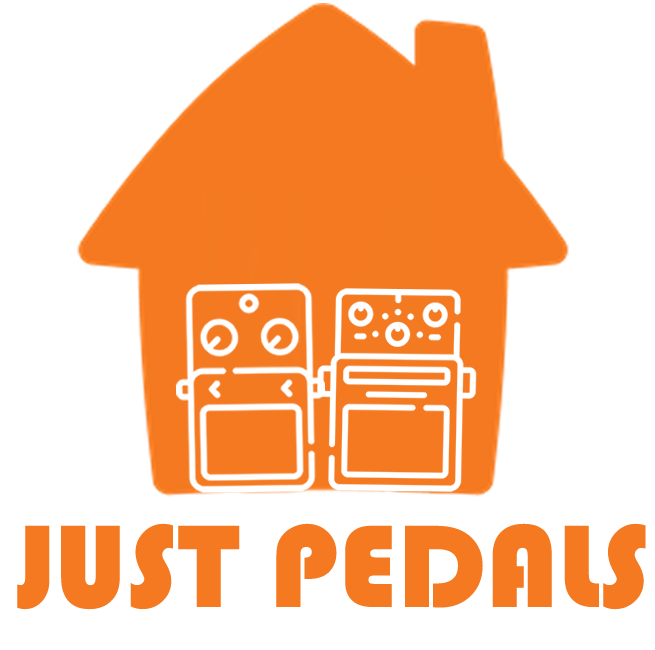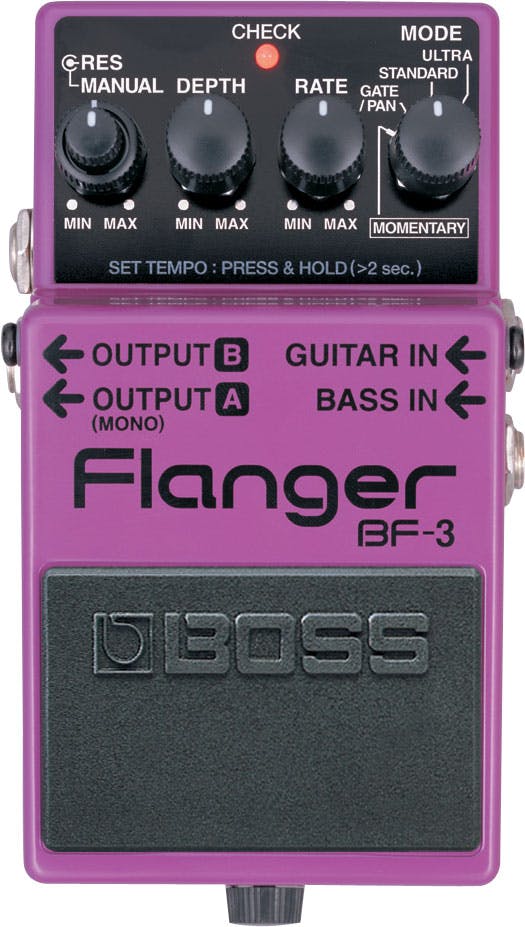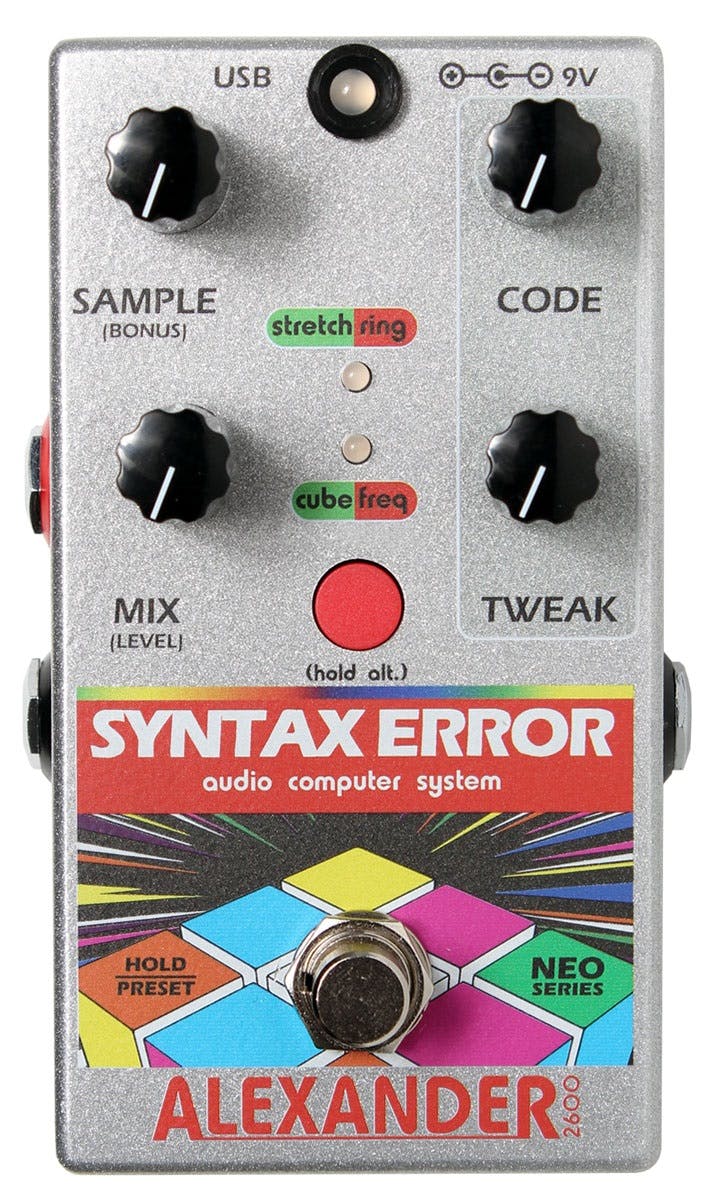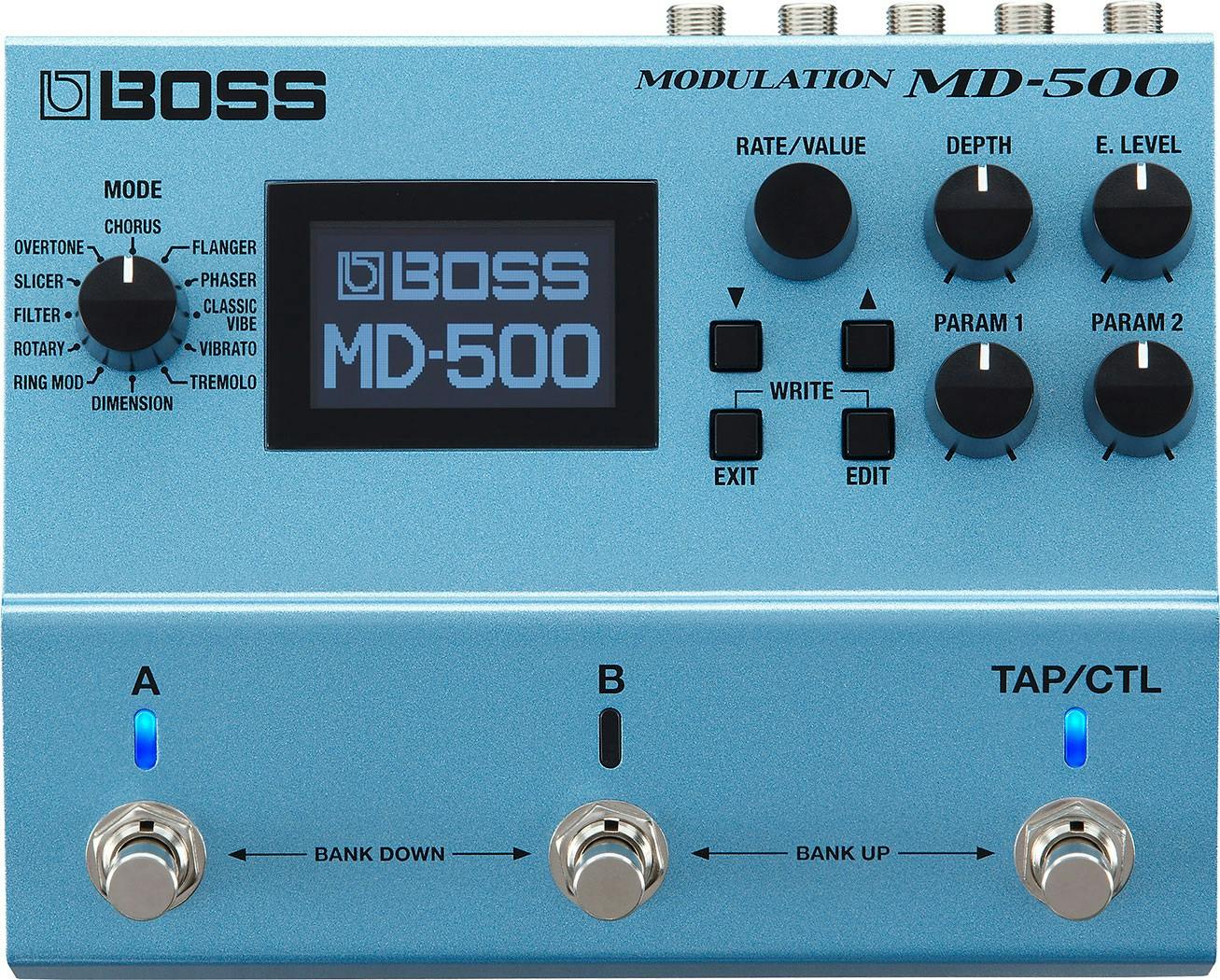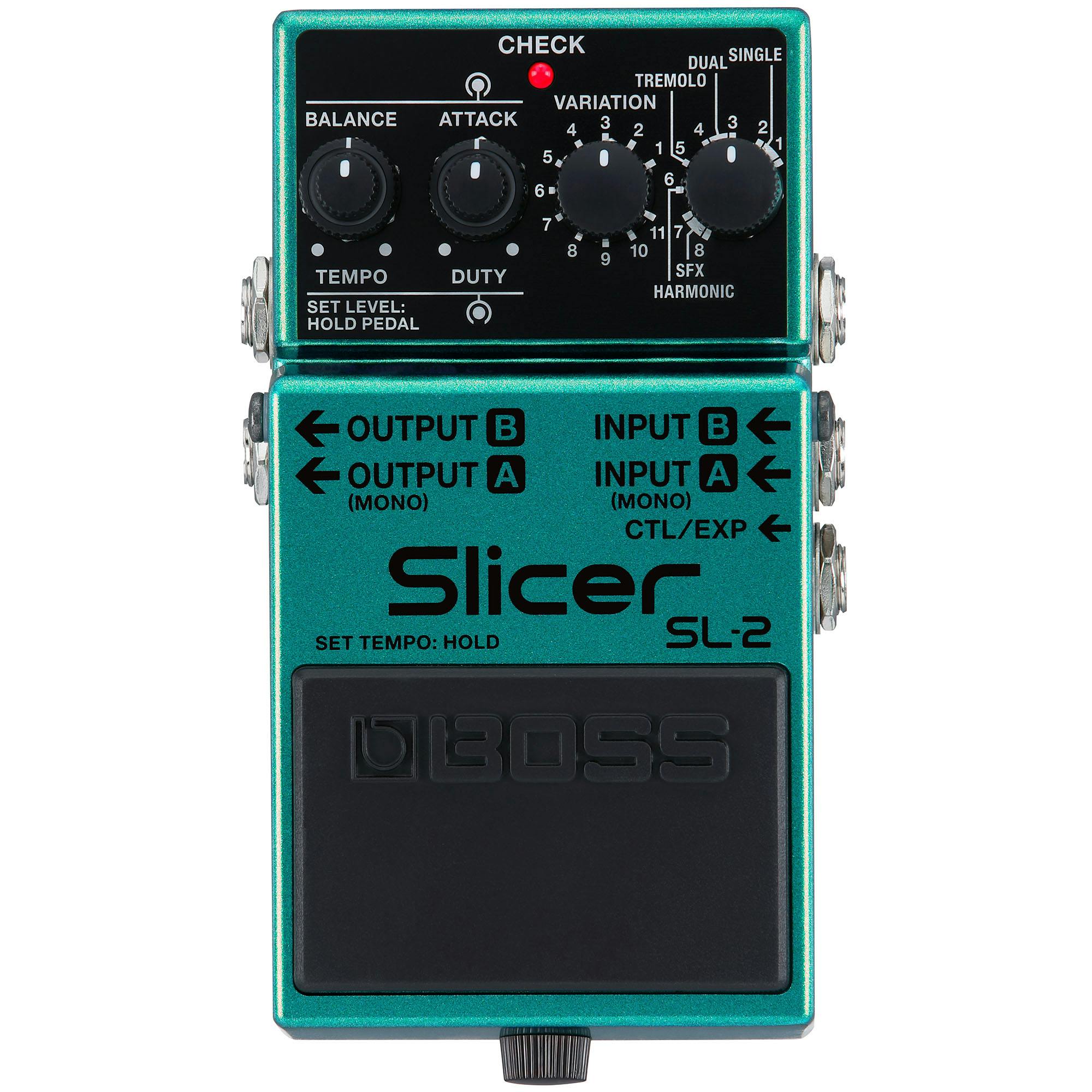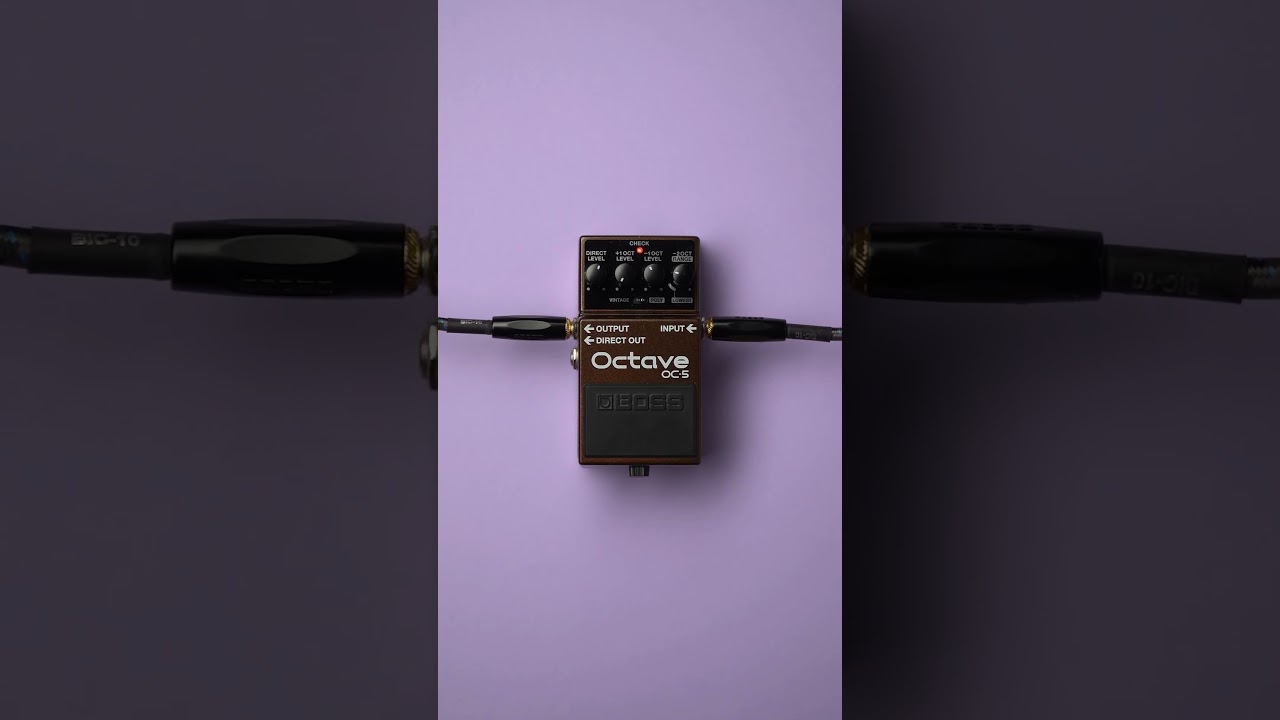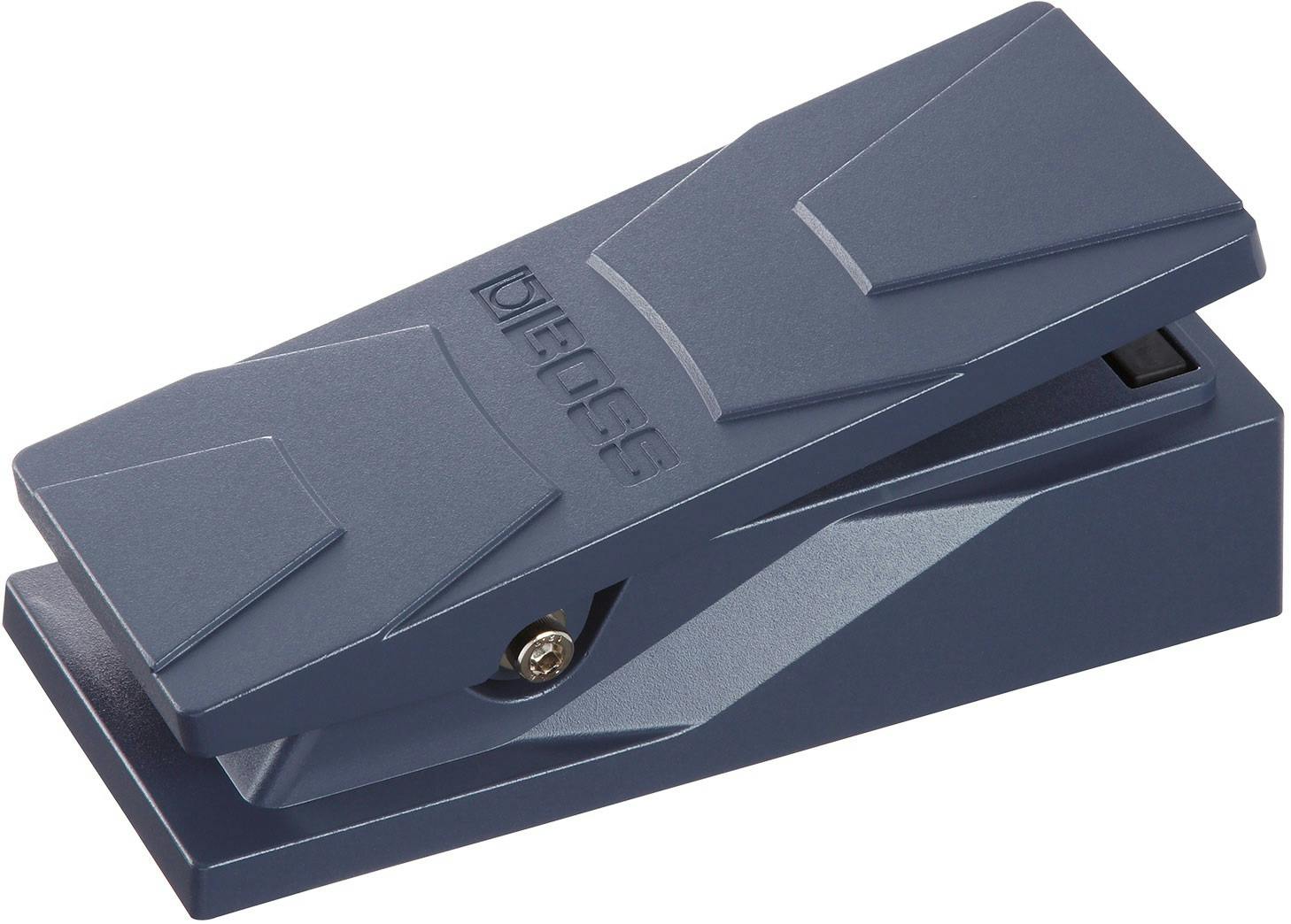Just Expression Guitar Effect Pedal Videos – Boss Slicer SL-2 Tone Sample w/ Expression Pedal #guitar #pedals #slicer #boss #effect #shorts
Expression Video – Boss Slicer SL-2 Tone Sample w/ Expression Pedal #guitar #pedals #slicer #boss #effect #shorts
BOSS RC-5 Loop Station — modern, compact looper with first-class sound quality, 99 phrase memories, 57 rhythms and optional MIDI control. Perfect for guitar, bass, electroacoustic
£159.00
1 piece BOSS pedals are delivered ex works with a battery attached, so the available power may vary. With the pedal, the circuit is activated as soon as a 6.35mm (mono) jack cable is plugged into the output jack. Regardless of whether the pedal is ac… read more
BOSS GX-10 | Compact Guitar & Bass Effects Processor | GX-100 Sound Engine | Colour Touch Display | 32 Amp Types & 170 BOSS Effects | Multi-mode Footswitches & Expression Pedal | AIRD Technology
£354.00 £329.00
Compact amp/effects processor for guitar and bass. The same sound engine and color touch display as the GX-100 in a portable, travel-ready design. Exceptional audio quality with 24-bit AD and 32-bit DA conversion, 32-bit floating-point processing, an… read more
BOSS RC-505MKII Loop Station – The Industry Standard Tabletop Looper, Updated and Enhanced. Class-leading sound quality. Five simultaneous stereo phrase tracks. Input FX and Track FX sections.
£418.00
The industry-standard tabletop looper, updated and enhanced. Class-leading sound quality with 32-bit AD/DA and 32-bit floating-point processing. Five simultaneous stereo phrase tracks with dedicated controls and independent volume faders. Input FX an… read more
BOSS Oc-5 Octave Guitar And Bass Effect Pedal with Vintage And Poly Modes Plus 5-Year Warranty
£144.00 £124.00
Fusing classic BOSS octave tones with the latest tracking technologies, the BOSS OC-5 sets a new standard in octave pedal performance Brings together the best of its predecessors; the vintage warm mono tones of the 1982 OC-2 and the range-extending p… read more
Behringer SF300 3-Mode Fuzz Distortion Effects Pedal
£24.36 £23.23
Versatile 3-Mode Operation: Switch between classic fuzz, grunge, and gain boost modes to cover a wide range of rock tones Precision Tone Shaping: Dedicated Level, Gain, Treble, and Bass controls let you fine-tune your sound with ease Robust Performan… read more
Behringer UM300 Ultra Metal Distortion Effects Guitar Pedal, Pink
£23.99
Extreme Metal Tone: Experience super-thick, tube-like distortion with virtually endless sustain for the ultimate hard rock and heavy metal sound Precise Midrange Control: Fine-tune your tone with a dedicated mid frequency control (200 Hz–5 kHz) that … read more
